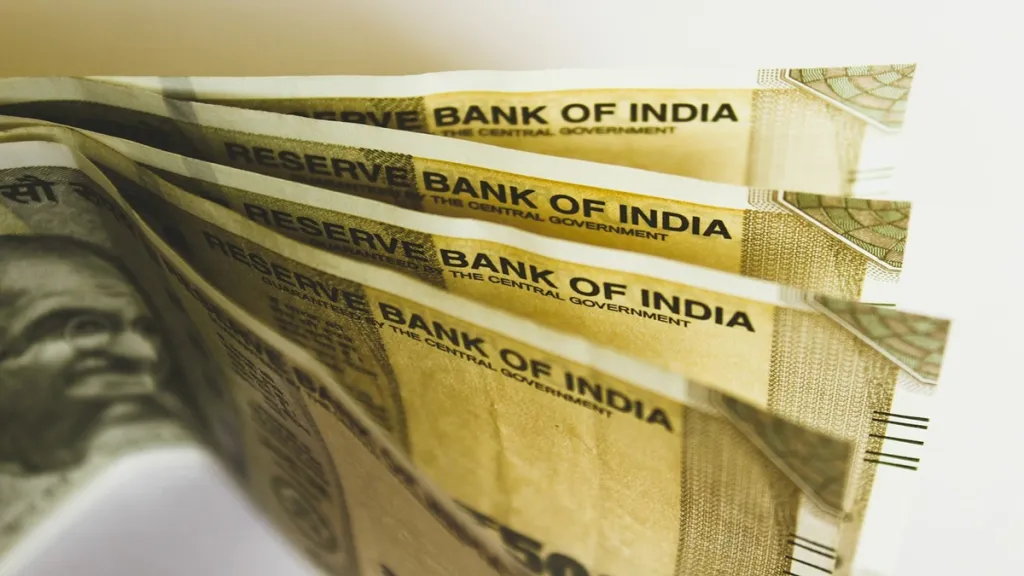One of the oddest aspects of economic life is that the prices of goods and services keep rising over time. Looking back, incomes and prices from even just a few decades ago seem remarkably different from today. For example, a cinema ticket in the 1970s cost less than Re 1; today, it’s over Rs 200 in metro cities. So why does inflation happen? Should we be concerned about it, especially when projecting the future value of money?
The Indian government mandates that the Reserve Bank of India keep inflation at a target of 4%, with a 2% margin on either side. Globally, inflation is closely monitored, and central banks are committed to keeping it low. With vast amounts of data being gathered and analyzed, governments can now calculate inflation rates with impressive precision.
Also read: How to invest like Warren Buffett: 6 rules of investing to become ultra-rich
As inflation continues to shape the economy, societies have become increasingly focused on tracking and managing it. But what causes inflation in the first place? In this article, we’ll explore three primary drivers of inflation:
Cost-Push Inflation
Cost-push inflation happens when the cost of production rises, and businesses pass those costs onto consumers through higher prices. This could occur for many reasons: raw materials may become more expensive, wages may rise due to labor shortages or stronger union power, or rents may increase due to a lack of available land for factories or office spaces. When these costs rise, businesses often have no choice but to raise prices in order to survive.
Demand-Pull Inflation
Demand-pull inflation occurs when the demand for goods and services exceeds the available supply. This often happens when consumers are getting wealthier and spending more. As more people can afford to buy the same goods and services, prices naturally rise because the supply can’t keep up with the growing demand.
Inflation Due to Excessive Money Printing
The third major cause of inflation comes from governments printing too much money. While it may sound counterintuitive, governments sometimes print more money to stimulate the economy, hoping to create more jobs and growth. This can be done through actual currency creation, or by increasing government debt and allowing banks to make bigger loans. However, when more money enters circulation without a corresponding increase in goods and services, the value of each individual note decreases. The result is rising prices for consumers, as more money chases the same amount of goods.
As inflation rates have been relatively low in recent years, long-term planning has remained somewhat stable. However, inflation also reflects the inherent instability of the world economy — prices rise because the economic system is always in flux, with unexpected factors causing shifts in supply and demand.
Now, considering the above dynamics, what would the value of Rs 1 crore be in 50 years, after adjusting for inflation? The answer may surprise you, and it raises important questions about financial planning for the future in a world of unpredictable economic forces.
Also read: Rs 1 crore from 20 and 30 years ago: What it’s worth today – Inflation impact
How long will it take to accumulate Rs 1 crore by investing Rs 10,000 per month in SIP?
Before diving into how inflation affects the value of Rs 1 crore in the future, let’s first calculate how long it would take to build Rs 1 crore through an SIP (Systematic Investment Plan) in a mutual fund, assuming a 12% annualized return.
Investment details:
Monthly SIP Investment: Rs 10,000
Expected Annualized Return: 12%
If you consistently invest Rs 10,000 per month in a mutual fund with a return of 12% annually, it will take you approximately 20 years to accumulate Rs 1 crore.
Impact of inflation on the value of Rs 1 crore over time
Now, let’s explore how inflation will erode the value of that Rs 1 crore over time. Even though you accumulate Rs 1 crore through your disciplined investments, inflation will reduce its purchasing power. We will calculate the adjusted value of Rs 1 crore after 20 years, 30 years, and 50 years, assuming an average inflation rate of 6% per annum.
Value of Rs 1 crore after 20 years
In 20 years, the value of Rs 1 crore will not be Rs 1 crore in today’s terms. The purchasing power of money will decrease because of inflation. After 20 years, Rs 1 crore will only be worth about Rs 31.18 lakh in today’s terms due to inflation.
Value of Rs 1 crore after 30 years
As time goes on, inflation continues to erode the value of money. After 30 years, Rs 1 crore will be worth even less in today’s terms. After 30 years, Rs 1 crore will be worth around Rs 17.41 lakh in today’s currency.
Value of Rs 1 crore after 50 years
The impact of inflation becomes more pronounced over longer periods. After 50 years, the value of Rs 1 crore in today’s terms will be significantly lower. So, after 50 years, Rs 1 crore will only be worth about Rs 5.43 lakh in today’s terms due to the compounding effect of inflation.
This shows how inflation can dramatically erode the purchasing power of money over time. While accumulating Rs 1 crore through consistent investments can be a great goal, it’s crucial to factor in inflation when planning for long-term financial goals.

